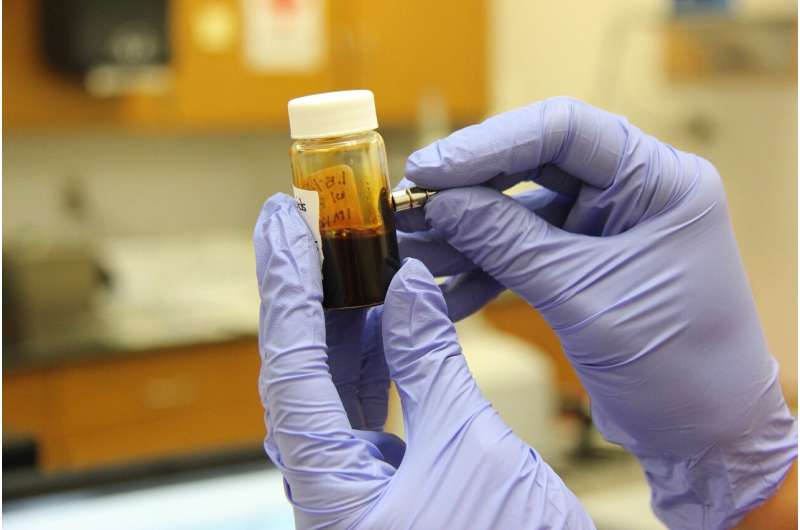How public money for science leads to new medicines

Public funding for fundamental research is essential for innovation and the development of new medicines. This is demonstrated by Professor Science Based Business Simcha Jong and his colleague Hsini Huang after studying U.S. federal funding restrictions for stem cell research under President George W. Bush. They published their findings in the July edition of Journal of Management Studies.
In 2001, George W. Bush was elected president of the United States of America, an election that would have major consequences for U.S. stem cell research. Bush decided to largely stop federal funding for research which makes use of new embryonic stem cell lines (see box). "At its core, this issue forces us to confront fundamental questions about the beginnings of life and the ends of science," Bush said about the ban. Fifteen years later, this ban was for Simcha Jong a great opportunity for conducting scientific research.
A natural experiment
Jong decided to study the consequences of the U.S. federal funding moratorium for research on embryonic stem cells. Other countries formed an ideal control group, as these were not affected by the moratorium. "The situation was like a natural experiment," Jong says. For the period from the mid-1990s to 2012, he looked at the number of new cell therapies that companies decided to develop and how successful those development processes were. He noticed clear and interesting changes.
Jong discovered that the number of cell therapies developed by U.S. companies sharply fell after the enactment of the moratorium, whereas this wasn't the case for companies based outside the US. When Obama lifted the funding restrictions for embryonic stem cell research in 2009, the numbers quickly rose again. Jong: "During the ban, it was much less attractive for biotech companies in the U.S. to invest in stem cell research. Companies prefer to invest in areas where the public funding outlook for scientific research is positive. Public investments often create long-term confidence in the innovation climate within an area," Jong explains.
The chain weakens
In addition, Jong discovered that the failure rate—the number of cell therapies that are withdrawn by companies before they are approved as medicines—was much higher in the U.S. than in Europe and Asia. "To develop new types of medicines such as cell therapies, you need all kinds of things: investors, companies that build equipment to manufacture these therapies, partners for clinical trials, you name it," says Jong. A lack of public investment weakens the entire chain. "And as a result, it becomes more difficult for companies to succeed."
"It is always difficult to formulate general conclusions on the basis of individual case studies," Jong notes. "But our research clearly shows that the development of new technologies and fundamental research are closely linked in many areas today. So when making new investments, companies look at whether or not the public funding climate for scientific research is favourable," says Jong. "Whether they like it or not, policymakers and national funding organisations such as NWO and NIH therefore play an important role in determining where and whether private money is invested for innovation."
More information: Hsini Huang et al. Public Funding for Science and the Value of Corporate R&D Projects; Evidence from Project Initiation and Termination Decisions in Cell Therapy, Journal of Management Studies (2018). DOI: 10.1111/joms.12423
















